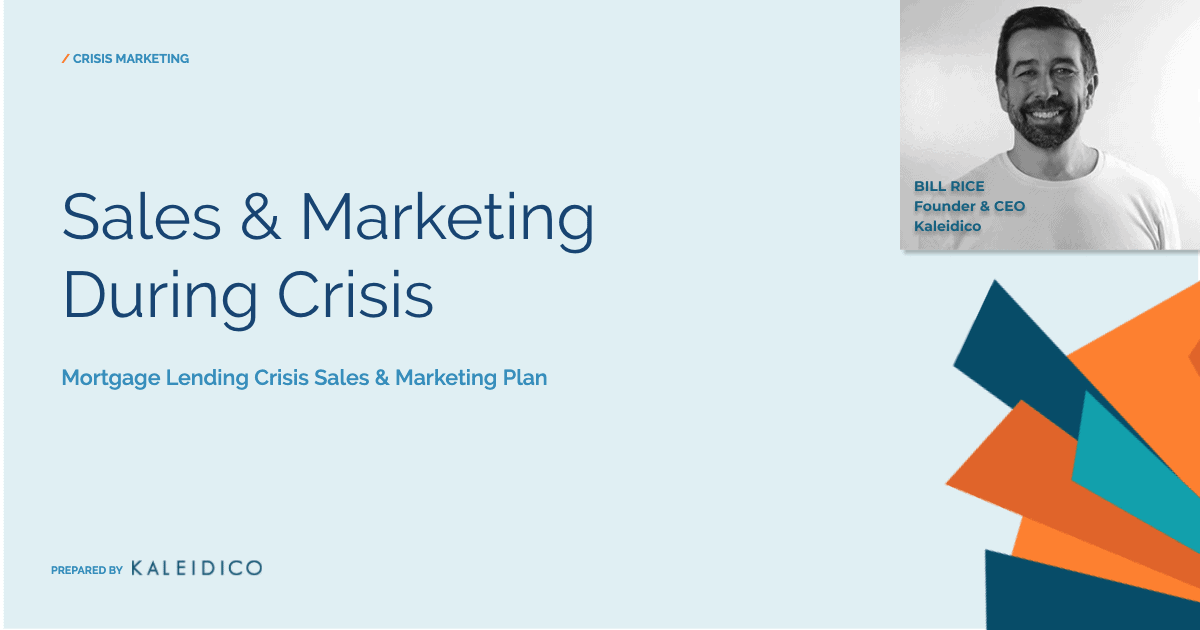Crisis, by definition, is rarely anticipated and even more rarely fully understood at first encounter. Therefore, in managing crisis situations our first move should be to look for experience, expertise, and wisdom. This is essentially a hierarchical framework for learning faster.
How to monitor and predict market changes
Seek out people and news sources that have experienced similar crisis situations, are experts in fields that are relevant to the current situation, and those that have proven to be generally wise.
Understand a few basic principles (mental models) as you filter through all of this information, regardless of how smart these people and new sources are:
- Circle of Competence – We all have limits to our competency. It’s key to know what you truly understand and be honest with yourself about what you don’t understand. These are your blind spots, where you’re vulnerable to misstep, and where you need to seek competency. Don’t (mentally) isolate yourself. Connect, ask questions, and grow your circle of competence.
- The Map is not the Territory – Regardless of how detailed your map is, it isn’t reality. There are always reductions in any model of reality. This is simultaneously helpful in that it makes it easier to interpret and use, but it is important to understand that it does not show everything. So, keep your head up 80% of the time, surveying reality and return to the map to stay oriented in the big picture.
[Learn more about mental models and how to use them to think faster and make better decisions.]
Let’s get practical for the mortgage and insurance markets by referencing some basic principles.
- How are interest rates set?
- How are credit decisions made?
- Why do people buy homes?
- Why do people sell homes?
- Why do people refinance mortgages?
- How are premiums set?
- What risks are covered?
- How will healthcare and business change?
- What products will change or emerge?
- Why do people buy insurance in a crisis or after a crisis?
By monitoring these five data points you can effectively adjust your customer communications, segmentation, and pipeline management to maximize production throughput.
How to build your pivot plan for business sustainability
The first step in any business sustainability plan is auditing the facts.
I say this because often the facts are not as bad as they seem. This is largely due to the fact that our brains like to play tricks on us – our imaginations often run wild and go race to the direst scenarios.
One trick that I recommend to mitigate this is to grab a legal pad and pen and write down your plan. Do this now as we audit our current fact pattern.
Use these questions to guide your audit:
- What has changed?
- What is likely to change?
- What is temporary? What might be permanent or lingering?
- How do we position for short-term change?
- How do we position for long-term change?
Armed with these facts, it’s time to get tactical.
- Update your website and marketing channels to acknowledge the situation
- Inform customers “Why now?” – why listen, why buy, why take any next steps
- Create relevant content. Participate in the discussion. Have and share an opinion on the current situation
- Turn to your email list. Or, begin building one
- Reduce friction and make decisions easier
- Stock the pond – build your audience and database
How to create sales pipeline retention programs
The worst thing you can do when your business is in crisis is to stop moving. Keep selling and keep marketing. Your competition is likely paralyzed. This is the time to gain market share and acquire customers at a fraction of the normal cost.
This is a tactical list of things you should be doing to preserve and grow your sales pipeline.
- Recast your personas to help you reprioritize your pipeline. What are customers thinking about? What do they need to know? How has their buying environment changed?
- Grade and prioritize your leads and call queues. Optimize your pipeline for maximum revenue throughput.
- Use text messages (if you have permission) to increase contact rate and personalized experience
- Use email to nurture and scale retention
- Leverage content for depth and education in the absence of direct sales
- Use best practices in segmentation and list hygiene to keep contact rates high
Stay in your sales pipeline. Actively work your leads, but shift your objective to maximize contact and response rate, not necessarily conversion – revenue will come in due time.
How to identify and pursue new opportunities that are being created
It’s okay to pursue an opportunity in times of crisis. Let me repeat that: “It’s okay to pursue opportunities in times of crisis.”
Hopefully, you never sell a product or service for the sole purpose of money. Assuming that is not the case, your product and service are essential to your customers. Even if it isn’t essential in the midst of the crisis, you probably have skills, knowledge, or capabilities that are.
Car companies made planes, tanks, and weapons during wartime. They’re currently making ventilators to fight the Coronavirus. What can you do?
The core philosophy of this section is simple:
“Do Good…But, Understand What is Best.”
This is my checklist for pursuing opportunities:
- Look for short-term opportunities to meet current market needs
- Prepare and position yourself for long-term opportunities. How will the market change? What will consumers want and need post-crisis?
- Don’t paralyze yourself with details and moral dilemmas. Think quickly and act with the best of intentions, but don’t overthink anything.
- Keep moving forward. Take on a bias towards action!
I hope you enjoyed this webinar. Email me with any questions at bill.rice@kaleidico.com. Join my newsletter to get my latest strategy, advice, and training.

